
When it comes to saving water at home, small changes can lead to significant results. One of the most effective yet overlooked upgrades you can make is installing low-flow faucets. These eco-friendly fixtures not only help conserve water but also reduce energy costs by cutting down on the hot water you use. But the big question is: How much water can you actually save with low-flow faucets?
Let’s break it down.
What Are Low-Flow Faucets?
Low-flow faucets are designed to use significantly less water than traditional faucets without sacrificing performance. Standard faucets typically use around 2.2 gallons per minute (gpm), while low-flow models are engineered to use 1.5 gpm or less—some as low as 1.0 gpm.
This may not sound like a huge difference, but over time, that small savings per minute adds up in a big way.
Water Savings: The Numbers
Let’s do a little math to see the impact.
Typical Usage:
- Average person uses the faucet about 8 minutes per day (handwashing, brushing teeth, rinsing, etc.)
- With a standard 2.2 gpm faucet, that’s:
2.2 gpm x 8 minutes = 17.6 gallons per person per day - With a low-flow 1.5 gpm faucet, that becomes:
1.5 gpm x 8 minutes = 12 gallons per person per day
Daily savings:
17.6 - 12 = 5.6 gallons per person per day
Yearly savings for a family of 4:
5.6 gallons x 4 people x 365 days = 8,176 gallons per year
That’s over 8,000 gallons of water saved annually—just from switching a few faucets.
If you use even lower-flow models (1.0 gpm), the savings can shoot up to nearly 12,000 gallons per year for a family of four.
Energy and Cost Savings
Water conservation isn’t just about saving the environment—it also helps your wallet.
A good portion of the water used at your faucet is heated water. So when you use less, you’re also reducing the energy used by your water heater.
According to the EPA, installing WaterSense-labeled low-flow faucets can:
- Save the average household 700 gallons of water per year
- Reduce energy costs by about $70 annually
- Lower your carbon footprint by reducing the demand on water heating
And if you’re living in an area with metered water or sewer services, you’ll save even more by cutting down on both water usage and wastewater output.
Environmental Impact
Water scarcity is a growing concern across the globe, even in areas that don’t seem to have a water shortage. Every gallon saved helps:
- Reduce the strain on local water supplies
- Minimize the energy used to treat and transport water
- Protect natural ecosystems by keeping more water in rivers, lakes, and aquifers
Even if your region isn’t currently affected by drought, conserving water is a proactive way to build a more sustainable future.
Installation and Cost
Low-flow faucets and aerators are incredibly easy and affordable to install.
- A low-flow aerator (which screws onto the faucet head) can cost as little as 5–15
- A complete low-flow faucet might run 50–150, depending on the brand and finish
- Most installations are DIY-friendly and can be done in under 10 minutes
Many utility companies and municipalities also offer rebates or incentives for switching to water-saving fixtures, further lowering your out-of-pocket cost.
Do Low-Flow Faucets Work Well?
One of the biggest concerns people have is whether low-flow faucets will reduce water pressure or make tasks like washing hands and dishes harder.
Modern low-flow faucets are designed with aerators that mix air with water, maintaining a steady stream that feels just as powerful as traditional fixtures. Most people report no noticeable difference in performance—only in their water bill.
And since they often include features like adjustable flow rates or motion sensors, you may even find them more convenient than your old faucets.
Where Should You Install Low-Flow Faucets?
Start with the highest-use faucets:
- Bathroom sinks – Frequent use for handwashing and brushing teeth.
- Kitchen sinks – Look for models with spray options to enhance cleaning performance.
- Utility or laundry sinks – Often overlooked but can be high-volume usage points.
If you’re on a budget, consider just replacing the aerators rather than the whole faucet. You’ll get much of the benefit at a fraction of the cost.
Conclusion: Small Upgrade, Big Impact
Switching to low-flow faucets might not seem like a game-changer, but the numbers speak for themselves. For a minimal investment of time and money, you can save thousands of gallons of water, cut your energy bills, and make a meaningful contribution to water conservation.
In a world where every drop counts, it’s refreshing to know that a simple change can make such a big difference.
 WOWOW Faucets
WOWOW Faucets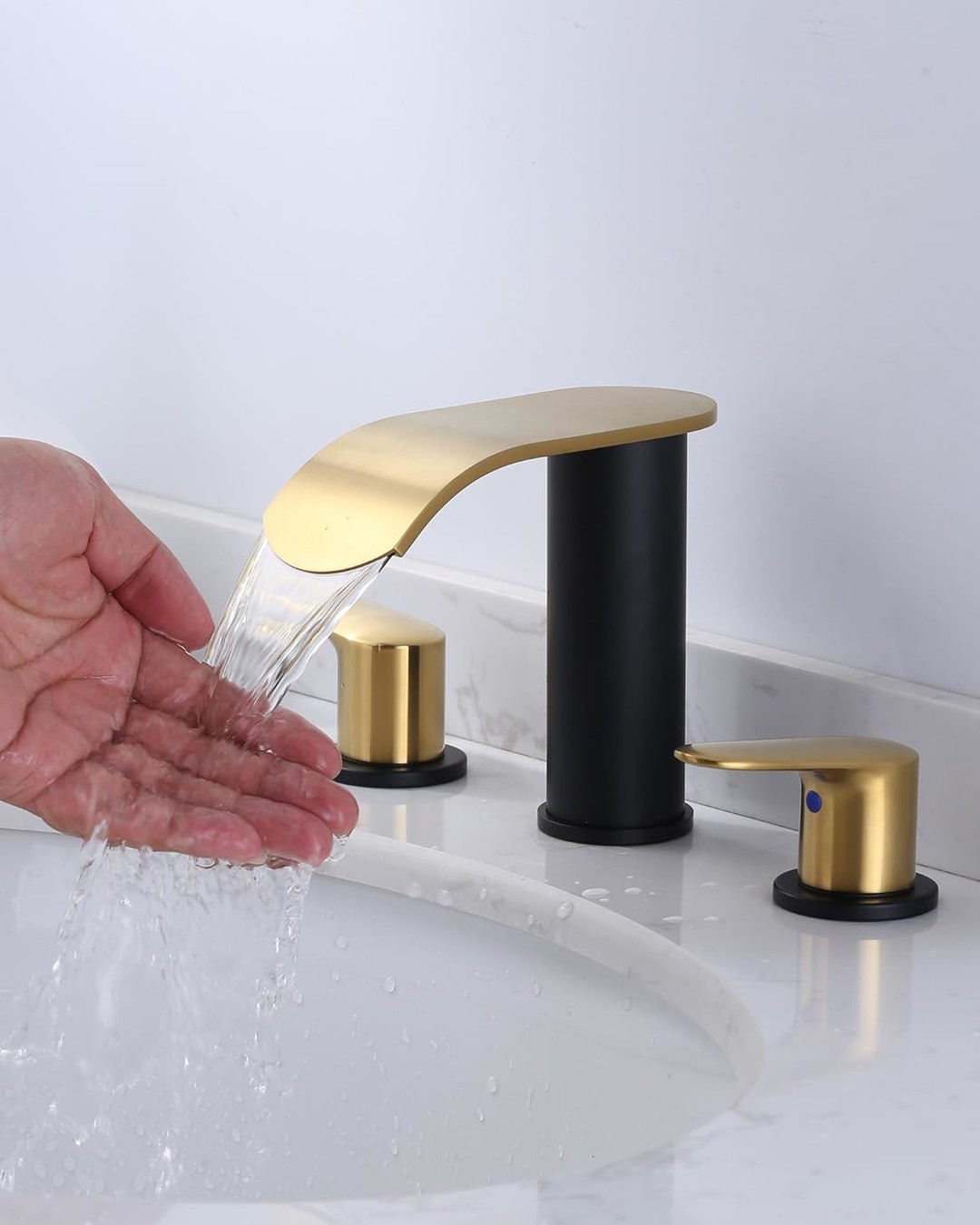
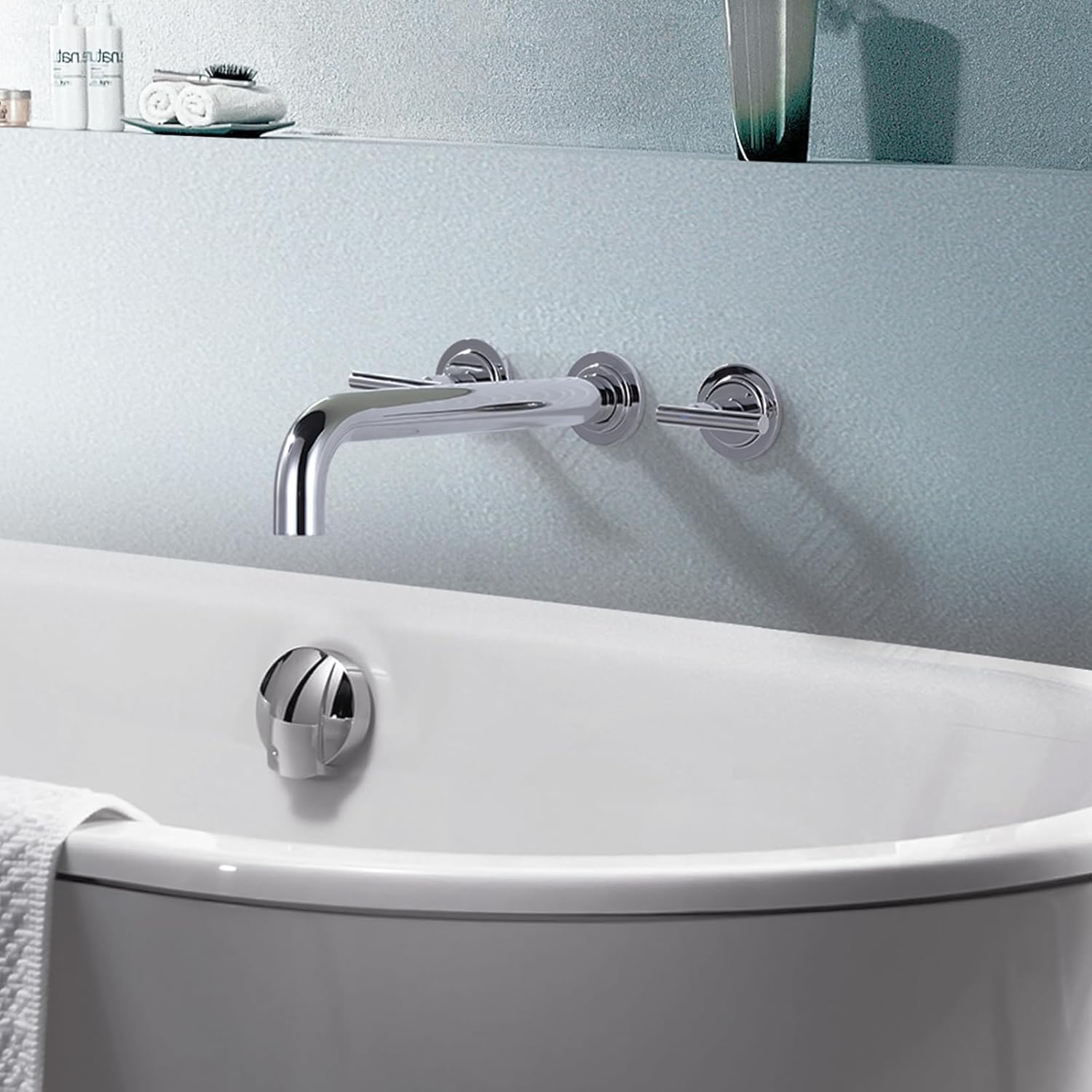
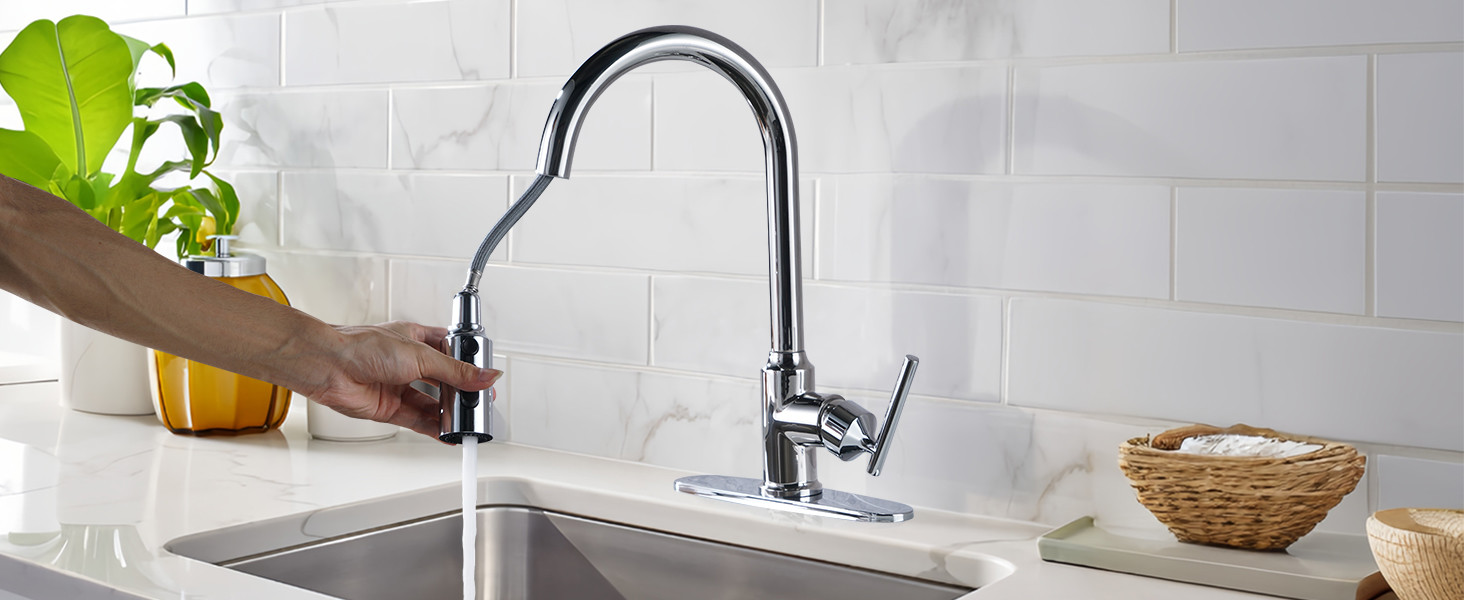
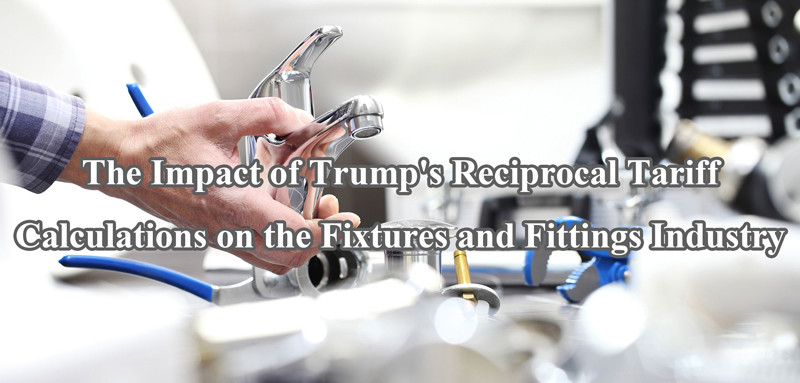


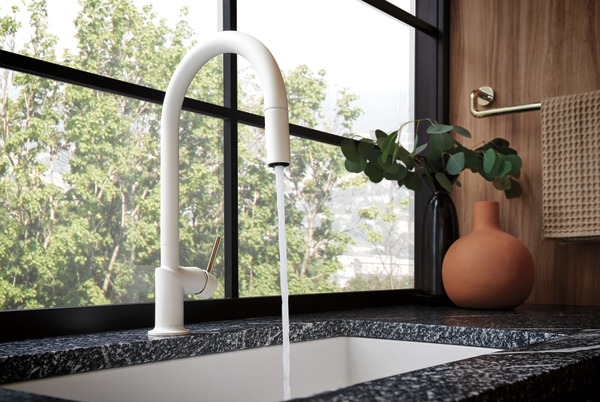
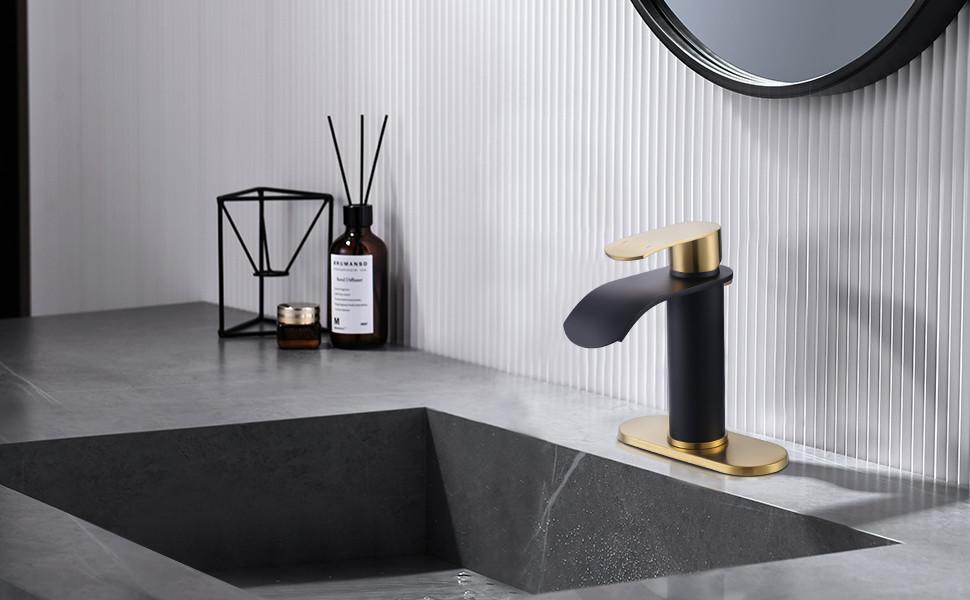
您好!Please sign in